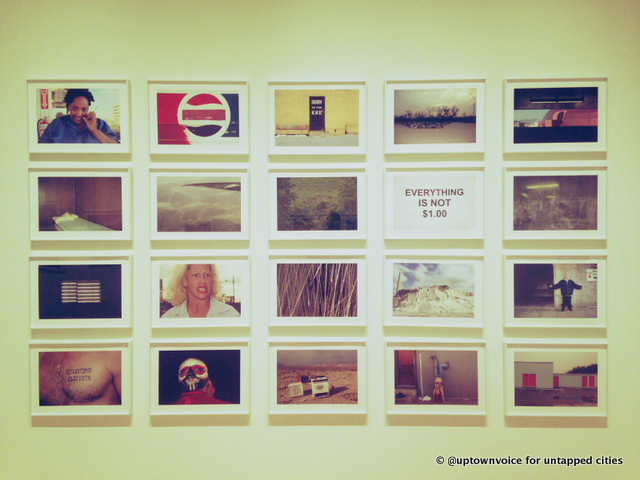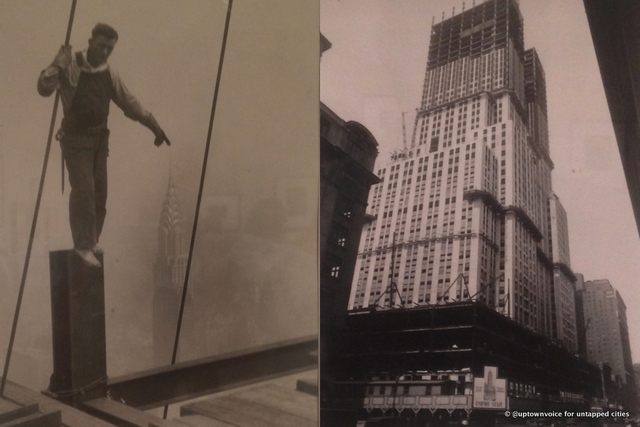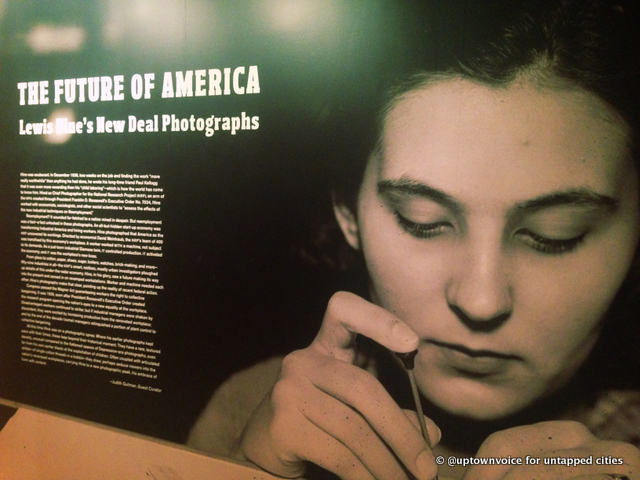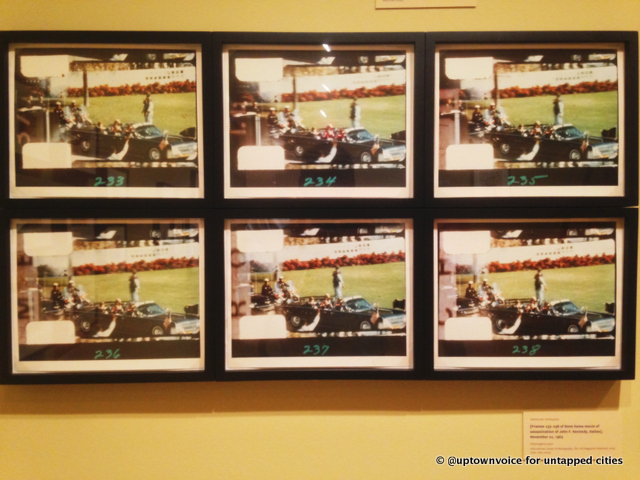The International Center of Photography has opened four new exhibits in its Midtown museum. These magnificent photo installations will be available for viewing starting today until January 19th, 2014. On the main floor, selections from Philadelphia photographer Zoe Strauss’ 10 Years collection are featured in her first major museum presentation. These photographs capture subjects that help tell the narrative of the “struggle of everyday life.” Downstairs, the museum has a large collection of Lewis Hine’s photography that spanned his entire career here in New York City from 1905 until his death in 1940, which highlighted the poor and working class individual. A separate dedicated section of Lewis Hine’s work from ICP’s own collection is centered around New Deal industrialism from when he worked with the Works Progress Administration’s National Research Project to study labor in the US. Finally, the smallest of these exhibits highlights one of the initial moments in “citizen journalism” as it analyzes the impact of instant cameras and “bystander photography” in documenting the assassination of President John F. Kennedy in 1963.
Zoe Strauss 10 Years
 A grid of photos from ICP’s Zoe Strauss exhibition, assembled in this way to evoke their original installation under the I-95 in Philadelphia.
A grid of photos from ICP’s Zoe Strauss exhibition, assembled in this way to evoke their original installation under the I-95 in Philadelphia.
In her first major museum exhibition, Zoe Strauss engages the viewer in a very intimate way that is meant to both appall and entice. The collection 10 Years comes from an installation she did in Philadelphia under an I-95 overpass where for one day every year she displayed her photographs in a grid along the columns. As the project gained popularity, hundreds of people would gather to view her work in an otherwise underutilized part of Philly. Curator Kristen Lubben says, “There is incredible humanity and generosity in Zoe’s photographs. And while the individual images are striking, it is the totality of the epic narrative that makes the project so moving. Rather than a static body of work, Zoe conceives it as a dynamic social intervention, animating public spaces and engaging directly with communities.
Lewis Hine
 Lewis Hine documented the construction of the Empire State Building and believed “These cities don’t build themselves.”
Lewis Hine documented the construction of the Empire State Building and believed “These cities don’t build themselves.”
The collection of Lewis Hine photography in ICP bridges his entire career, allowing the viewer to follow his own work evolving from straight-forward documentation to a more sophisticated sense of photography as a valuable visual product. His work started in the early 20th century where he focused on marginalized communities, often immigrants, wanting not only to show what needed to be changed but also what needed to be celebrated. Later his efforts were dedicated to portraying working American men and women primarily in cities, famously taking the mindset that “These cities don’t build themselves.” This ideology allowed his photography to take a special form, showing the symbiotic relationship of man and machine.
The Future of America: Lewis Hine’s New Deal Photographs
 In this exhibit, ICP has highlighted Lewis Hine’s photography that explores the relationship and composition between man and machine.
In this exhibit, ICP has highlighted Lewis Hine’s photography that explores the relationship and composition between man and machine.
In a dedicated exhibition, the International Center of Photography shows Lewis Hine’s photography that was part of his work with the Works Progress Administration. Curator and Hine scholar Judith Mara Gutman notes that Hine was finally “well paid” for his work during this time, and he was able to produce elegantly composed shots of workers that benefited from the Roosevelt Administration’s New Deal philanthropy that changed the workforce in the country.
JFK November 22, 1963: A Bystander’s View of History
 These stills are from the famous Abraham Zapruder home movie that documented the fateful moment of the JFK assassination.
These stills are from the famous Abraham Zapruder home movie that documented the fateful moment of the JFK assassination.
The assassination of John F. Kennedy marked a point in photographic history that can be seen as the predecessor of today’s world of Instagram and cell phone photography. It was the first historical news event where many of the key news photographs were taken by amateur photographers or happenstance bystanders, rather than by professional photojournalists. This exhibition will overlap the 50th anniversary of the event, and it considers the role of the amateur photographer as witness to President Kennedy’s tragic assassination. The exhibition departs from the typical recapitulation of the historical events of the JFK assassination and is meant to be a study of popular photography and its uses, taking a single historical event as a study. It may be called anti-photojournalistic in that it highlights the failure of professional news photographers and in contrast the rise of “citizen journalism” so familiar today.
For more information on these exhibitions, please visit the International Center of Photography website.





